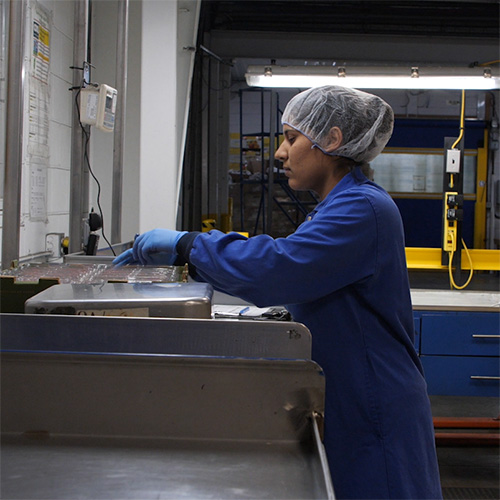Regulated Professions & Apprenticeships

Regulated Professions
In Ontario there are certain professions that are regulated.
To work in a regulated profession, you must be registered by the appropriate regulatory body. You may be able to work in a related field without a licence, but you should first check with the regulatory body to understand what restrictions exist.
It is illegal to use the job title restricted to regulated professions without a licence or certificate from the appropriate regulatory body.
Many professions in Ontario are not regulated by law, but do have voluntary professional bodies. Some of these organizations may offer certification courses and registration, which can help you find work.
You can look at a list of regulated professions online (en Français) [broken link on current site].
(Source: Ontario Immigration)
Some websites that may be helpful to you:
- Global Experience Ontario (GEO) (en Français) [broken links on current site] helps internationally trained and educated individuals in regulated non-health professions and the skilled trades find out how to qualify for professional practice in Ontario. GEO offers free services by phone and email, as well as weekly profession-specific webinars.
- HealthForceOntario (en Français) offers a number of services to health professionals, including a recruitment centre and jobs listing service.
Apprenticeships
An apprentice (en Françis) is someone who learns a skilled trade on the job, under the direction of more experienced workers.
An apprentice is similar to an intern or an understudy. Examples of jobs in the trades include welders, roofers, hairstylists, early childhood educators, bakers and electricians.
Apprentices complete classroom instruction as a part of their training.
Apprentices usually practice 90% hands on and 10% theory. For some trades you need to take an exam after your training.
After you finish all parts of your training, you will be need to be certified to become what is called a “skilled worker” or a “journeyperson.”
There are two categories of trades: regulated or non-regulated. Regulated trades require certification, but non-regulated trades do not.
There are many financial incentives and grants (money) available to help you as you go through your apprenticeship.
Red Seal Trades (en Français) are trades that allow you to work in other provinces and territories.
If you want to be an apprentice you need an employer who will hire and train you. Employment Ontario / Emploi Ontario and the Ontario Job Bank / Guichet emplois can help you find an employer. Apprentices must be members of the Ontario College of Trades.
There are many different pathways for apprenticeship. If you have a child in high school, then they may have the option of starting their training while still in school. This program is called the Ontario Youth Apprenticeship Program or the Programme d’apprentissage pour les jeunes de l’Ontario .
For apprenticeships, some trades are called “compulsory trades.” This means that you have to be certified or be a registered apprentice. Other trades are “voluntary trades.” This means you do not have to have certification to work in voluntary trades.